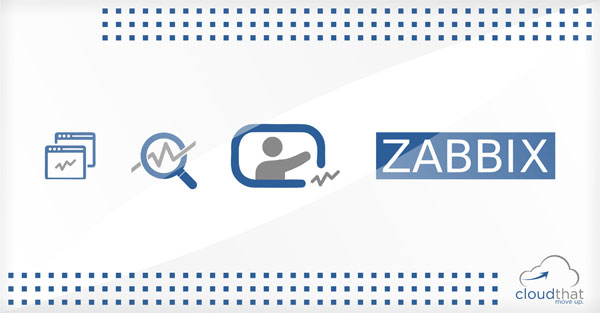First things first: what is Zabbix?
Zabbix is defined by its developers as an open-source software tool, used for monitoring various elements of IT infrastructure, such as networks, servers, web pages, databases, virtual machines, cloud services, etc. It is developed by Zabbix LLC based in Latvia since 2004, but it is distributed under the terms of GNU General Public License version 2, so not only the software itself and all of its features are free to use, but also its source code may be downloaded and modified, if necessary, by anyone. At the same time, security is not an issue, because Zabbix natively supports encryption and its database may be stored anywhere in the network.

The basic functions and features of Zabbix.
So, which parameters may be monitored by Zabbix, and why it is so important to do so? Hundreds of various parameters may be monitored in real-time, so we’ll mention only some of the most important ones. For instance, when monitoring server performance, including VPS, Zabbix may trace:
- level of CPU or memory utilization;
- packet loss and interface error rate;
- usage of network bandwidth;
- number of TCP connections;
- amount of free storage space;
- the temperature of separate components of the system;
- statuses of power supply and fans;
- status of network connection;
- appearance of new software and hardware components;
- hundreds of other configurable parameters.
You can personally configure these and any of the other supported parameters to be monitored, according to your needs and wishes. Different kinds of real-time and historic visualization are supported, as well as manual adjustment of thresholds, which, when overridden, will cause Zabbix to immediately send notifications to the administrator.
On the basis of Zabbix data, the administrator may usually instantly detect and identify the problem with the monitored system, like the incorrect software configuration, hardware problems, system overload, or hacker attack, which allows him to react accordingly. Alert messages may be received by email, instant messaging, SMS, and specialized alerting systems like Opsgenie, Pagerduty, VictorOPS, or SIGNL4.

VPS VPN
Private VPN tunnel. 20 locations.
Remote access/control
Ready solution
KVM virtualization
24 hours a day support
Why you may want to use it on your Virtual Private Server?
Access to Zabbix data and its configuration is available from any place and any platform, even from mobile phones, because it uses the built-in web-based interface. It is somewhat similar to configuring your home Internet router, but, obviously, adjusting various Zabbix settings needs a bit more serious basic training.
Zabbix may be installed almost anywhere, even on your own private PC, if it is on and online 24/7, but in most cases, it is installed and executed on the same machine, which is monitored, like the dedicated server or virtual Private Server. That’s why some advanced hosting companies may have the option of easy installation of Zabbix to your VPS.
Zabbix may be applied by private users, but it is rather oriented toward enterprises and corporate users. Usually, you simply don’t need such a powerful tool to monitor your personal website. But you may need Zabbix if your website is your business tool. Then you need it to be available 24/7/365, and you are interested it to always being in the best possible condition.
The same is even more true for enterprise and corporate users. Virtual Private Server may be used to locate the corporate website, remote databases and backups, cloud services, and online applications. Enterprise always needs them to be available because the work of many people and corporate profit directly depends on them in the modern world. If something is wrong, instant detection and solving of problems are vitally important, and that’s where Zabbix shows itself the best. It will show you that your server needs more processing power, RAM, or storage, inform you about the deterioration of the S.M.A.R.T. status of your hard disk drives and SSDs, alert you about DDoS attacks or unauthorized changes of files, and more. When properly configured, it will not only help to solve the problems, but even prevent them from happening.


